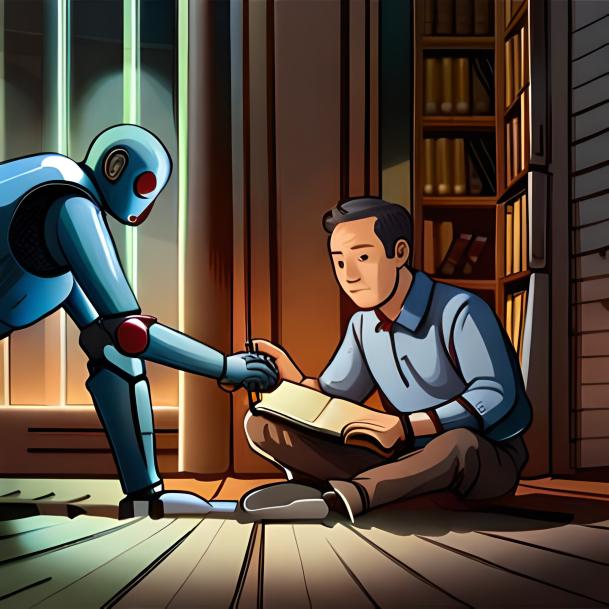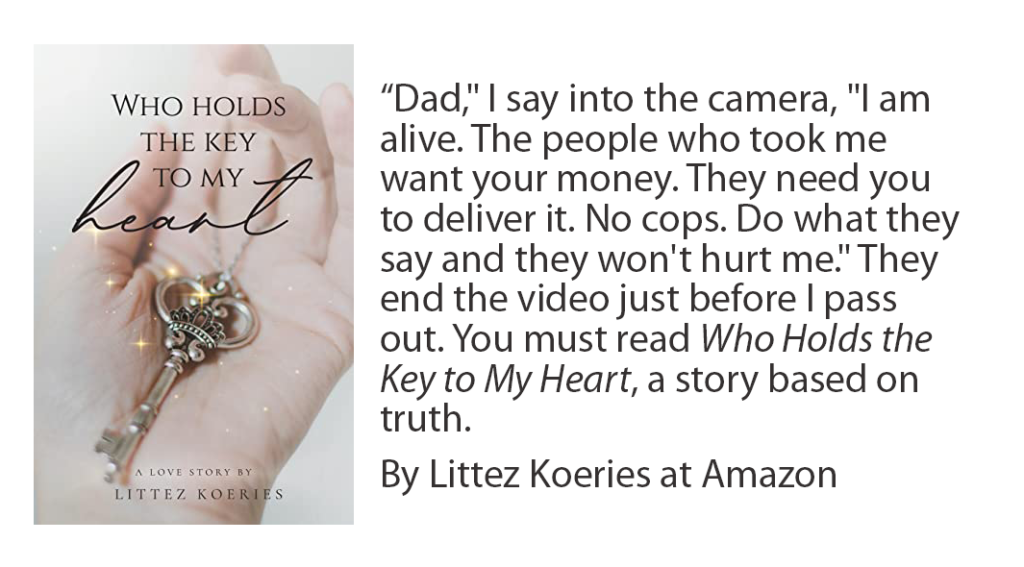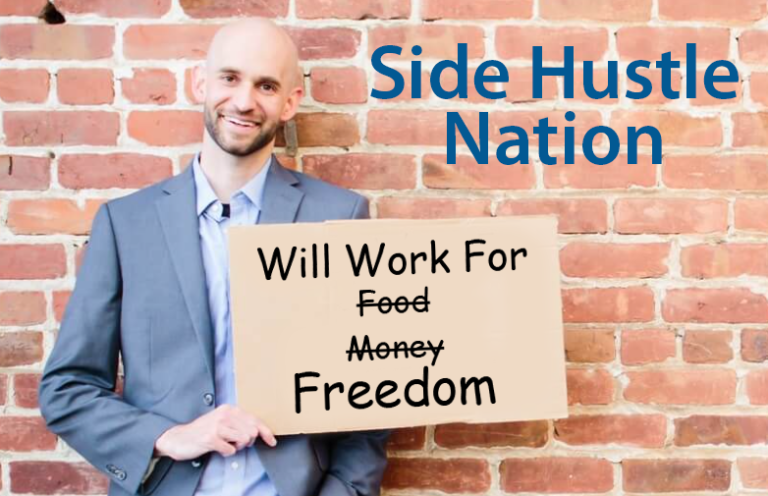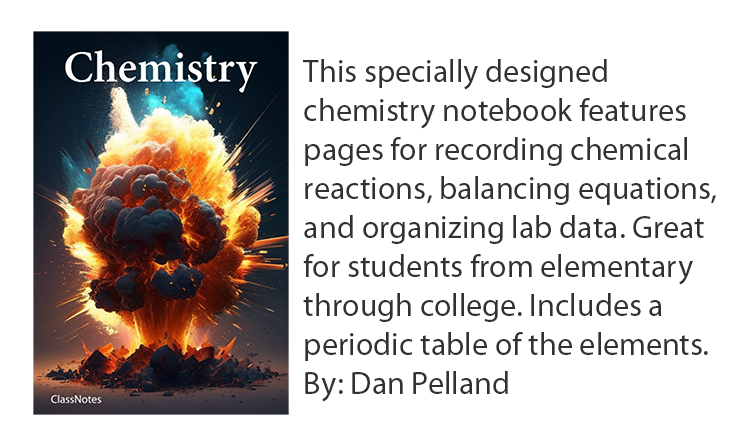Is Google stacking the deck?
At OnText, we recognize the critical nature of the AI-generated content vs human-generated content debate. The outcome will impact every writer, editor, content developer, and illustrator on the planet, and you must keep aware of the direction it’s all moving. This article will introduce a Google project making waves for better or worse.
Google quietly assembled a team called PAIR (People + AI Research). PAIR, according to Google, is
“a multidisciplinary team…that explores the human side of AI by doing fundamental research, building tools, creating design frameworks, and working with diverse communities….We believe that for machine learning to achieve its positive potential, it needs to be participatory, involving the communities it affects, and guided by a diverse set of citizens, policy-makers, activists, artists, and more.”
AI-generated content vs human-generated content and Wordcraft
PAIR came up with a tool called Wordcraft for writing stories with AI. Nothing mind-blowing here. There is an AI story writer on every street corner these days. This particular platform is underpinned by LaMDA, an in-progress large language model (by Google, of course). LaMDA is a machine trained to predict the most likely next word when processing a human-written prompt. But Google is all excited, claiming LaMDA self-learns higher-level ideas as it works. Experts everywhere are exploring this concept and an “emergent capability” called in-context learning. These ideas don’t mean machines are taking over the world or human creativity will be supplanted. If you’re worried that will happen, you should know that AI is not a consciousness.
If you’ve been playing around with AI generators, you are aware that prompt writing and AI output is, at least for the moment, temperamental, unreliable, inconsistent, and funky. Google says they built Wordcraft to explore how a well-considered user interface could push outputs “to empower writers by giving them access to these state-of-the-art tools.” Empower writers. Hmm.
So PAIR and Wordcraft (referred to disingenuously as a text editor) paired with a baker’s dozen of authors to produce a collection of short stories. The collection comes with a disclaimer: “The writers featured here have used Wordcraft along with their own creative vision and have not authored these stories under any sort of explicit guidance or instruction.”
Are the stories any good?
We noticed issues that are common to AI-assisted writing, but not to a tremendous extent. Most pieces read comfortably. For us, none were OMG fantastic. CNET.com thought “Stephen King needn’t be shaking in his boots just yet, though.”
We found some stories entertaining and engaging. Many are quite clever. The author’s comments are interesting. We’ve reached out to this group of writers, inviting any and all to comment on their experience, but so far have had no takers.
Android Central noted that the Wordcraft bot balks at prompts leaning toward harmful or hurtful acts, which could be a serious censorship issue for writers. Imagine George Orwell without hurtful scenes. But overall, the project could perhaps be described as an innocuous experiment. Interesting, but not compelling. So far, the writers involved do much better without AI input or output.
Does AI-generated content vs human-generated content end in a creative apocalypse?
Not at the moment, though who can predict the future? For now, the most significant downside of AI-Generated content vs human-generated content is twofold.
- A complete deluge of garbage is being dumped into self-publishing platforms, websites, print publications, and traditional publisher’s platforms. This junk is churned out by get-rich-quick hacks who have never written a sentence in their lives, but see a golden opportunity to pitch tons of stuff against a wall so something will stick. Again we point to 10,000 monkeys on 10,000 typewriters for 10,000 hours. Maybe a best-seller results. The sad part is, according to recent forums with the Copyright Alliances, small traditional publishing houses are closing their doors partially because of this trend.
- Talented writers struggle to make their work visible. There are tens of thousands of books, ebooks, and whitepapers spammed onto self-publishing platforms every day. Opportunistic writers crank out multiple books a day with no attention to quality. Legitimate crafters spend more and more time marketing and promoting their work and less time writing.
It’s problematic to register copyrights since the U.S. Copyright Office is mired in the AI-generated content vs human-generated content battle and struggles to determine what is human creativity and what is not. We have heard of authors who had registered a copyright only to have it canceled because of AI-generated content vs human-generated content issues.
Are we in deep doo-doo creatively?
Talk to a dozen creatives, and you’ll hear a dozen or more opinions. The world is, at this moment, not in a creative crisis, but things are moving quickly. Apparently, the U.S. Copyright moguls will conclude that the amount of human input in a project will determine whether or not the project is copyrightable. Good luck to them figuring out how to prove that ratio.
We see rising numbers of job board editing and writing posts that go two ways.
- Do not apply for this job unless you are up to speed on AI-generated writing platforms and prompts.
- Do not apply for this role if you use AI-generated writing in any form to produce your work.
A growing number of content-driven websites are obviously using AI, so it’s more difficult for humans to land some jobs. However, the upside is that the more AI-centric the content is, the lower the quality of writing. It becomes repetitive, cold, generic, and recognizable from a long way off. So these companies may decide to return, at least partially to a human component if they want their property to compete long-term.
What happens next for human writers and illustrators?
We will adapt. I can, so far, spot an AI image a mile away. I can probably tell you what platform generated it. For me, there is a time and place to use AI illustrations, and we always disclose their origins. Illustrators will learn to craft creative prompts that output much higher-quality art than the drivel being passed around currently. We will adapt and expand our thinking.
Writers and authors can save a lot of time right now today by employing certain AI writing skills. Editing can be automated to a degree. I mean, who needs to spend a day correcting commas splices? ChatGPT is great at brainstorming article or plot ideas. AI saves a ton of time in making outlines and concept lists. We at OnText use ChatGPT every day to set up our workflow. And yes, we prompted BlueWillow AI to produce our feature image on this post.
Humans must keep their eye on these bots (and their over-zealous creators) and keep abreast of the news in this space. We’ll follow it for you and bring you significant plays and counterplays. In the meantime, keep writing, keep illustrating, and be happy.
Next up in the AI-generated content vs human-generated content – later this month, we’ll attend a Copyright Alliances seminar on audio-video issues. Watch for our report.





One Response